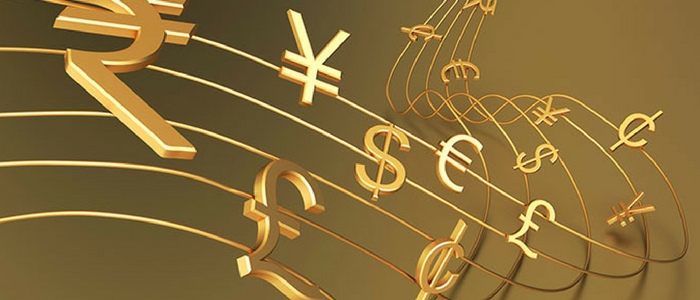The Singapore dollar tumbled to its weakest since 2009, during the global financial crisis, and it may have further to go.
The US dollar was fetching as much as 1.4506 Singapore dollars on Tuesday afternoon local time, according to Reuters data, climbing from as low as S$1.4428 earlier in the session. That's the weakest for the city-state's currency, also known as the Sing, since August of 2009.
Analysts expected that the Singapore dollar could fall even further, but it didn't appear likely to test its Asian financial crisis lows, like the currency of its Northern neighbour, Malaysia. The ringgit has fallen to its lowest level since 1998 as dollar bullishness and domestic economic weaknesses weighed.
But the dollar/Sing pair still has quite a way to go before it hits its highs of even the global financial crisis, when it climbed as high as around 1.5562 in late 2009; it touched levels above 1.85 in 2001, in the wake of the Sept. 11, 2001, terrorist attacks in New York.
Like Malaysia, Singapore's domestic economy also faces a rocky outlook, analysts have noted.
"Singapore's ultra-open economy and financial centre will likely be one of the most exposed in Asia to the UK leaving the European Union, the threat of trade protectionism from the US and political risks in Europe," Nomura said in a note dated Sunday. "Domestic challenges also abound. The high levels of household and corporate leverage also imply vulnerability to a likely faster pace of interest rate hikes in the US in response to Mr. Trump's policies, which should further tighten financial conditions in Singapore."
Nomura cut its 2017 gross domestic product (GDP) growth forecast for the city-state to 0.7 per cent from 1.0 per cent, compared with the official forecast for 1.0-3.0 per cent.
But the bank doesn't expect the currency to fall too much further near term, forecasting the pair at 1.46 by the end of the first quarter and 1.50 by the end of 2017.
The Singapore dollar isn't entirely free-floating. The central bank sets its monetary policy via an undisclosed trading band for the currency based on a basket of currencies weighted to reflect trade levels with the city-state. The MAS may intervene if the currency moves outside its band.
That's why Patrick Bennett, a foreign exchange strategist at CIBC, thinks the Sing won't fall much further.
"I estimated that around when the spot is at 1.45, it was the lower end of the band, so that the Sing was at its weakest allowable point," he said on Thursday. But he expected that unless the US dollar became stronger against other Asian currencies, the dollar/Sing pair would struggle to rise much further.
He forecast a peak for the pair at 1.49 between the second and third quarter of next year.
the Sing snapped back later in Tuesday's session to around 1.4450 against the dollar, with Reuters reporting that the central bank was suspected of intervening to support the currency. The Monetary Authority of Singapore (MAS) didn't immediately return an emailed request for comment sent on Tuesday. On Wednesday, at 7:48 a.m. HK/SIN, the greenback was fetching 1.4442 Singapore dollars.
The weakness came as the dollar has surged against regional currencies in the wake of Donald Trump's surprise election win in the US and as the US Federal Reserve surprised markets at its meeting last week by indicating it would.
Current Status:
Forex Signals, Forex Picks, Fkli Signals, Forex Trading Tips, XAU/USD LIVE TIPS, XAU/USD LIVE SIGNALS

No comments:
Post a Comment